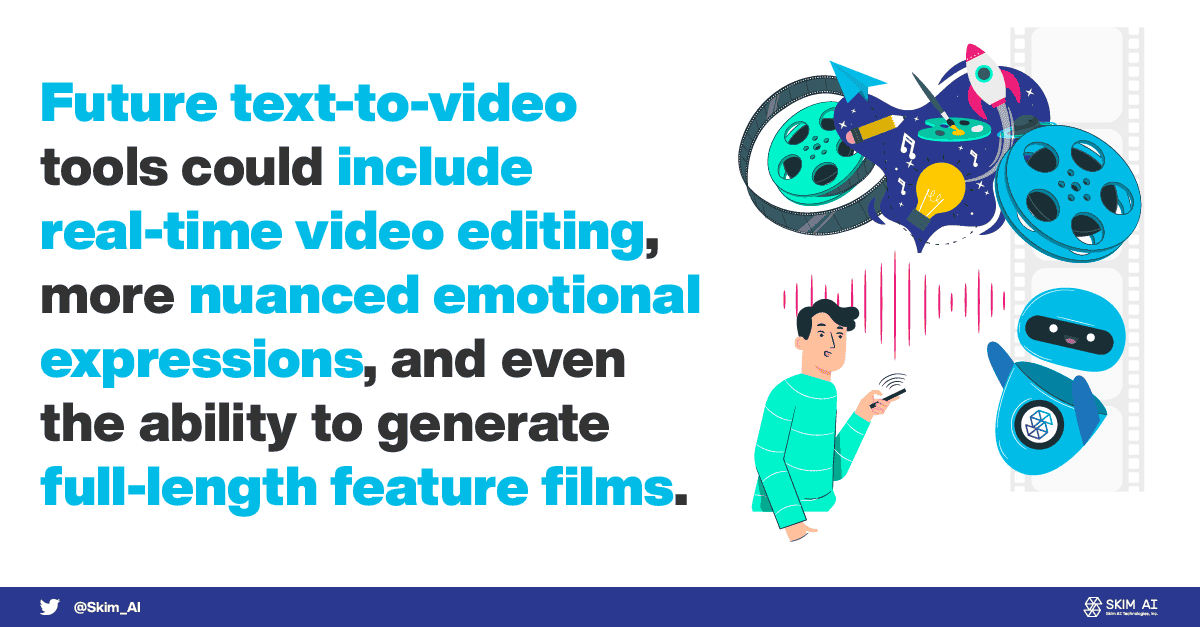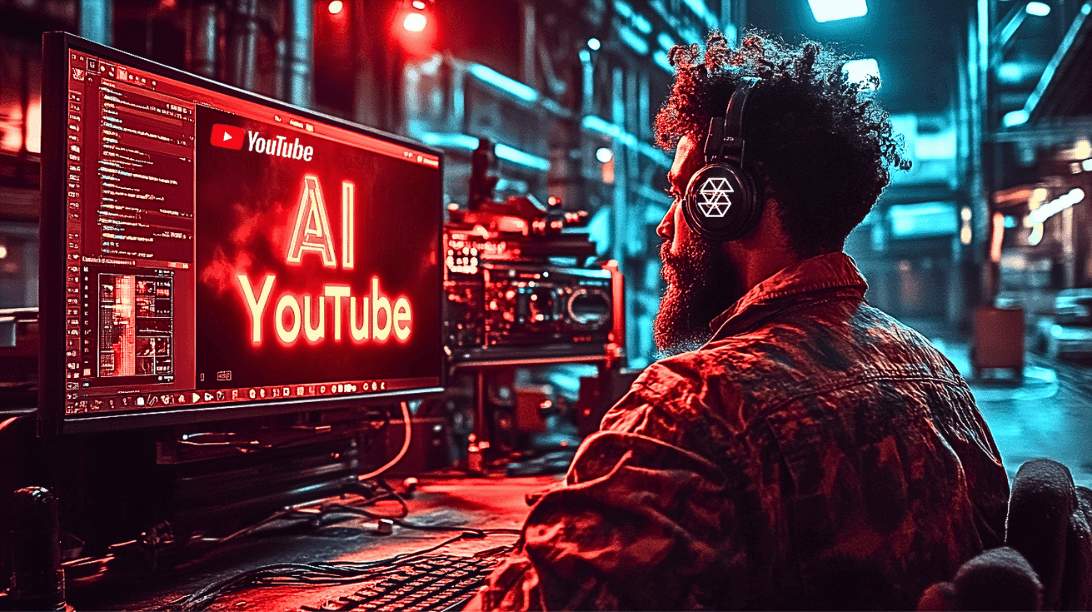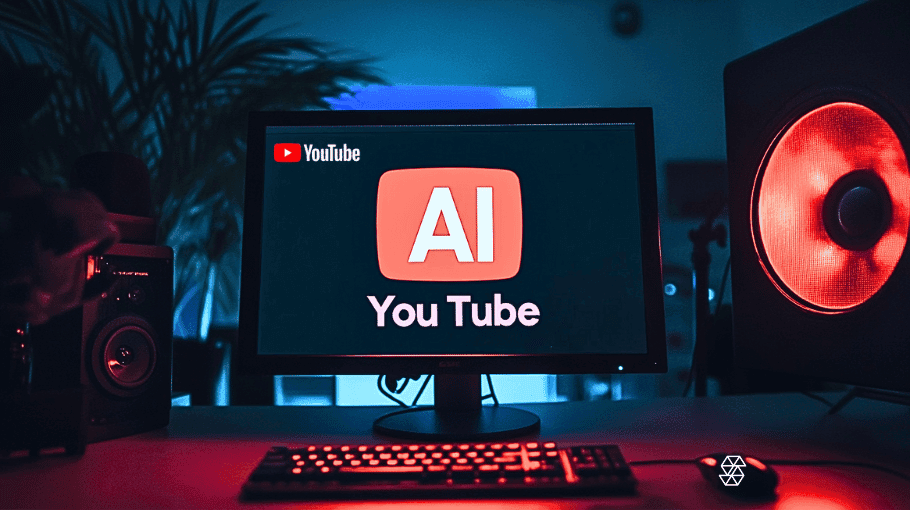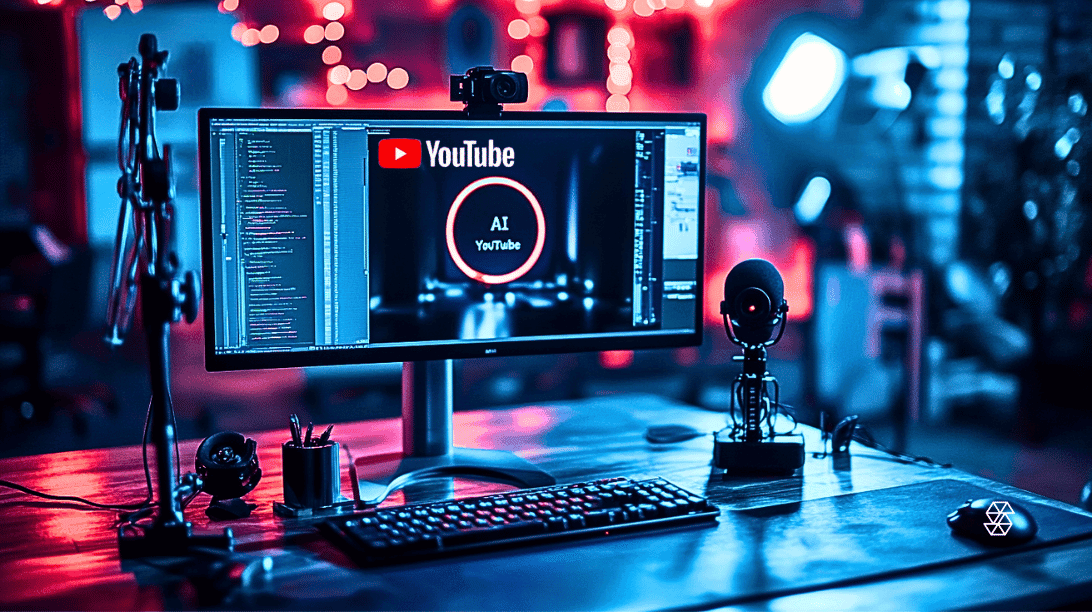The Rise of Text-to-Video (Film) Generators and Their Threat to Hollywood
The advent of text-to-video generators is nothing short of revolutionary. These cutting-edge tools leverage generative artificial intelligence (AI) to convert text into engaging videos, effectively blurring the lines between human creativity and machine-generated content. While these advancements are exciting, they also raise pressing questions about the future of Hollywood.
As AI in film continues to evolve, industry professionals are grappling with the implications. Will these text-to-film technologies democratize filmmaking, or will they pose a threat to the very essence of human-led storytelling in Hollywood?
This blog aims to explore these questions and more, delving into the rise of text-to-video generators and their potential impact on the world of cinema.
- What are Text-to-Video Generators?
- The Current State of Text-to-Video Generators
- The Threat to Traditional Filmmaking
- The Future of Text-to-Video in Hollywood
- Navigating AI-Generated Videos and Their Challenges
- Frequently Asked Questions (FAQs) About Text-to-Video in Hollywood
- 1. What is text-to-video technology?
- 2. How do text-to-video generators work?
- 3. What are some advanced text-to-video tools available?
- 4. How could text-to-video technology impact Hollywood?
- 5. Can these tools replace human actors and directors?
- 6. What are the ethical implications of using text-to-video in filmmaking?
- 7. How can Hollywood adapt to the rise of text-to-video technology?
- 8. What are the future advancements expected in text-to-video technology?
- 9. Are there any limitations to current text-to-video generators?
- 10. How can text-to-video technology benefit other industries?
What are Text-to-Video Generators?
Text-to-video generators are advanced software tools that utilize generative AI algorithms to convert text into dynamic video content. At its core, the technology takes a script or a series of text-based instructions and transforms them into a visual narrative, complete with characters, backgrounds, and even special effects. These AI Hollywood tools are not just limited to creating simple animations; they can produce high-quality, engaging videos that rival traditional video editing methods.
The process for a video generator involves a series of complex algorithms that analyze the text for context, emotion, and intent. Based on this analysis, the AI video generator selects appropriate visuals, soundtracks, and transitions to create videos that are not just visually appealing but also emotionally resonant. This level of automation in video creation is what makes these tools incredibly powerful and, to some extent, concerning for traditional filmmakers.
These video generation tools are becoming increasingly sophisticated, offering a range of video editing tools and customization options that allow users to tweak the AI-generated video to their liking. As a result, the line between AI-generated video and human-created video content is becoming increasingly blurred.
The Current State of Text-to-Video Generators
The rapidly evolving landscape of text-to-video and image-to-video generators is a game-changer for AI in Hollywood. This transformation is being led by a host of groundbreaking platforms, each offering unique capabilities to convert text:
- Google’s Transframer: Specializes in converting a single image into a 30-second video. It uses intelligent algorithms to decide which scenes, elements, and angles should be included to create videos.
Dreamix: Another Google product, Dreamix can identify missing or necessary elements in an image and add them, creating dynamic and engaging videos.
NVIDIA’s NeRF: Known for its ‘inverse rendering’ feature, this tool can convert multiple 2D images into a 3D short video in seconds. It uses a few images and angle data to reconstruct a 3D animation and create videos with remarkable accuracy.
Runway’s Gen2: This versatile generative AI platform can convert images to videos and also accepts a wide range of prompts, including text and other footage, to generate videos.
Kaiber: This platform leans towards dreamy aesthetics and offers features like upscaling, audio reactivity control, and customizable clip lengths.
Modelscope: An open-source text-to-video AI generator that provides a glimpse into the future of these platforms, although it’s still in its early stages.
These are just some of the big names involved in the industry. There are countless other, less-popular tools on the market. Despite not receiving as much attention as the big names, these smaller tools often surpass the capabilities of the main players. We will cover some of these tools in future blogs.These platforms are not just advanced in their capabilities but also offer a range of video editing tools for customization and fine-tuning. From color correction and sound mixing to text overlays, these features enable creators to produce not just engaging but also highly professional videos.The current state of these text-to-video generators is a testament to the rapid advancements in generative AI technology. As these tools continue to evolve, they are setting new standards for video content creation, making it more accessible for individuals, businesses, and filmmakers to produce high-quality, engaging videos.
The Threat to Traditional Filmmaking
As text-to-video and image-to-video generators continue to evolve, the implications for traditional filmmaking are both exciting and concerning. On one hand, these AI-in-film technologies offer unprecedented opportunities for creativity and efficiency. On the other, they pose a significant threat to the roles of human actors, directors, and other industry creatives, potentially revolutionizing the very fabric of Hollywood.The capabilities of these AI-generated video tools to convert text are reaching a point where they could feasibly replace human actors in certain scenarios. For example, NVIDIA’s NeRF can create lifelike 3D animations from 2D images, making it possible to digitally recreate performances without the need for a physical actor. Similarly, text-to-video platforms like Runway’s Gen2 and KaiberAI can generate scenes based on textual descriptions, reducing the need for human direction and potentially making directors obsolete in some contexts.The ethical implications of these advancements are also worth considering. The power of these tools to create realistic videos opens the door for misuse, particularly in the creation of deepfakes. Deepfakes can be used to create false narratives and spread misinformation, posing a significant ethical dilemma. Moreover, the potential for these tools to replace human roles in filmmaking raises questions about job displacement and the devaluation of human creativity.While text-to-video and image-to-video generators offer exciting possibilities for the future of filmmaking, they also present significant ethical and practical challenges. As these AI in Hollywood technologies continue to advance, the industry will need to navigate these complexities carefully to harness their potential responsibly.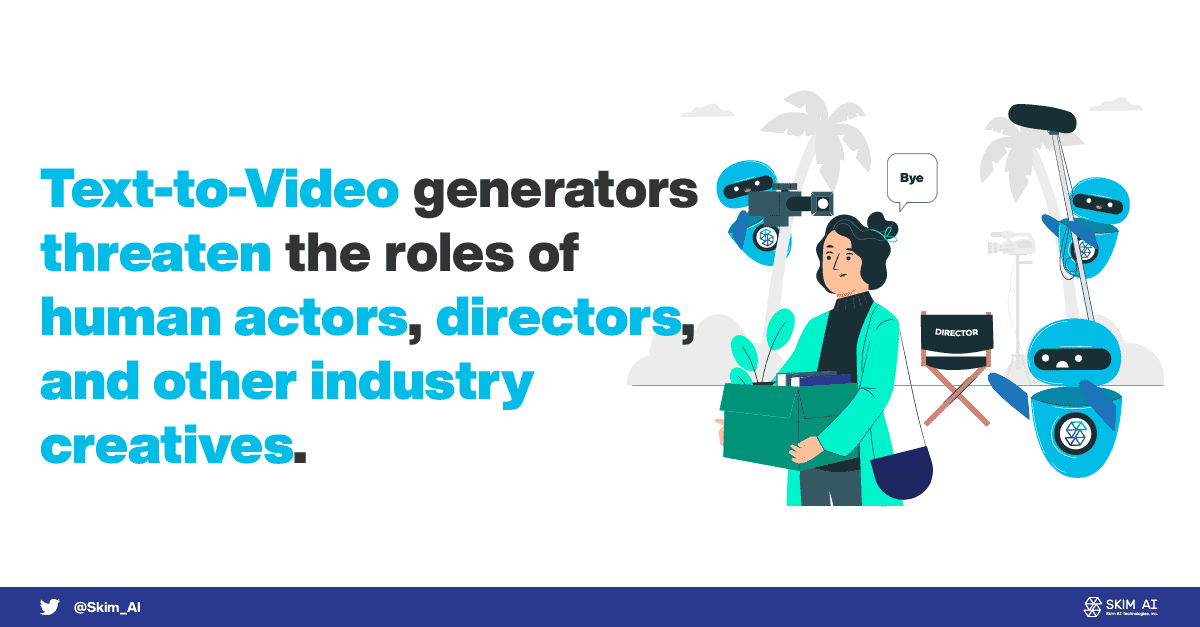
The Future of Text-to-Video in Hollywood
The future of text-to-video and AI in Hollywood is a landscape teeming with possibilities and challenges. As these generative AI technologies continue to advance and get better at generating videos from a text prompt, we can expect even more sophisticated and realistic AI-generated videos. The capabilities of tools like Google’s Transframer, NVIDIA’s NeRF, and Runway’s Gen2 are just the tip of the iceberg. Future advancements could include real-time video editing, more nuanced emotional expressions, and even the ability to generate full-length feature films from a simple text prompt.Hollywood, a bastion of creativity and innovation, has the potential to adapt and integrate these cutting-edge tools in various ways. For instance, text-to-video technology could be used in pre-production for storyboard visualization, allowing filmmakers to see a rough cut of a scene before it’s filmed. This could save both time and resources, making the filmmaking process more efficient. Additionally, these tools could be used for creating engaging videos for marketing and promotional purposes, offering a quick and cost-effective way to generate high-quality video content.